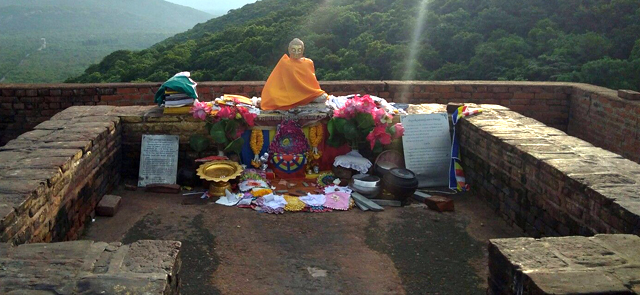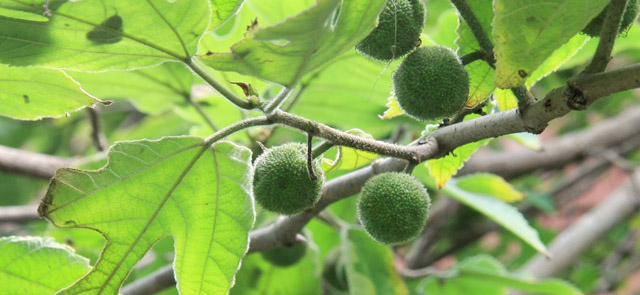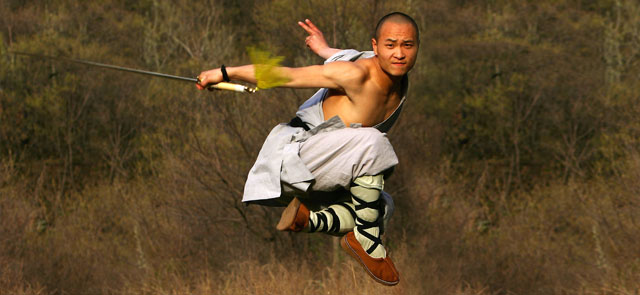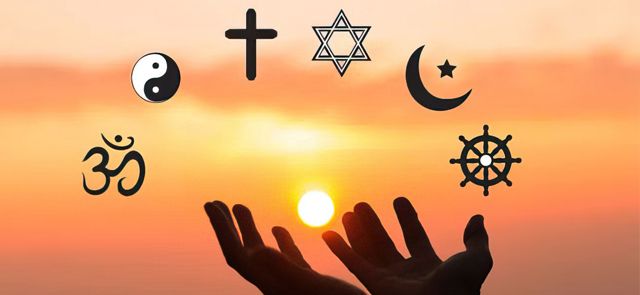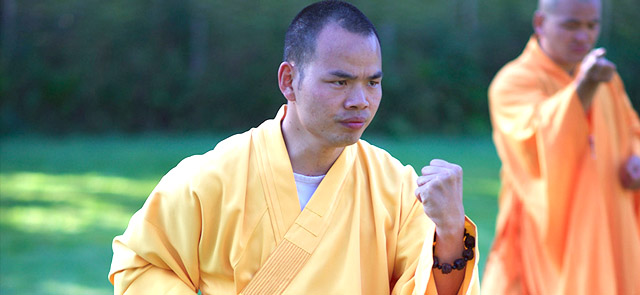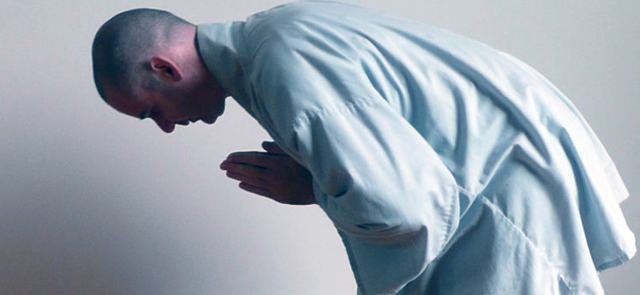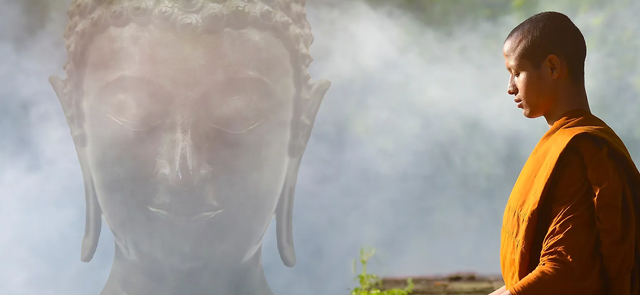One of the most important of all associations with a "place" in the Life and Teachings of the Buddha, other than the Bodhi Tree and Deer Park, is with Vulture Peak, a small mountain just outside the city of the ancient city of Rajgir, India.
Here, sixteen years after his Enlightenment, he set forth the second turning of the wheel of Dharma to an assembly of 5,000 monks, nuns and laity, as well as innumerable bodhisattvas. This collection of teachings, which extended over twelve years, includes the Saddharmapundarika Sutra and the Surangama Samadhi Sutra, as well as many Prajna-paramita Sutras, which, as the Buddha himself told Ananda contain the very essence of all his teachings.
Mahakashyapa recorded these latter teachings and Shakyamuni placed them in the custody of the nagas until such time as men were ready to receive them. The Prajna Paramita Sutras appeared between 200 B.C.E and 400 C.E., and considered the beginning of the Mahayana literature. There are 600 volumes in the Prajna Paramita and the Heart Sutra is the condensation, or the "heart," of all the Prajna Paramita literature. The Diamond Sutra, the Sixth Patriarch of Chinese Chan (Zen) Hui Neng's favorite sutra and the one attributed to his Awakening, is part of the Prajna Paramita literature as well.
The Buddha's respect for Mahakashyapa was such that when they first met, the two exchanged cloaks. Legend has it he now resides within the Gurupada Mountain near Bodhgaya. Here he awaits Maitreya, upon whom he will place the cloak of Shakyamuni.
When the Chinese pilgrims visited Vulture's Peak they found the summit green and bare. Fa Xian mentions a cave and Xuan Zang a hall slightly below it, where the Buddha is said to have sat and preached. Here also he once reached through the mountain with his hand to calm Ananda, whose meditation was being disturbed by Mara in Buddhism, the lord of misfortune, who appeared in the form of a Vulture of which, because of the many inhabitants thereof, the peak is named. Before the cave were the walking and sitting places of the previous buddhas, and a stupa where the Lotus of the Good Law Sutra was taught.
King Bimbisara built a causeway leading up to the hill. At the foot of the hill was Amaravana, the mango grove offered to the Buddha by the physician Jivaka. The remains of what was once a monastery may still be seen here. According to Xuan Zang 602 ~ 664, at one time on Vulture's Peak there was a monastery occupied by many meditators and several Arhants.
